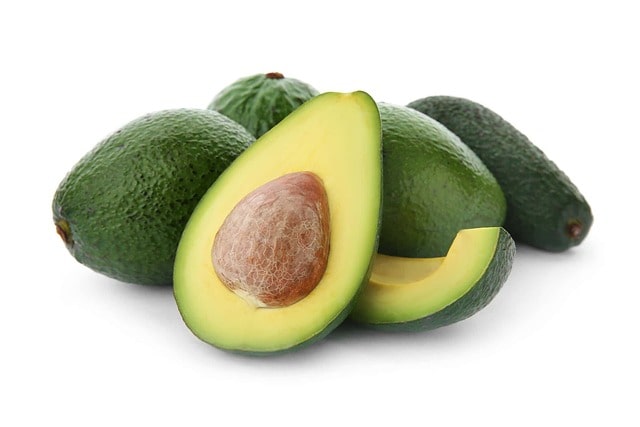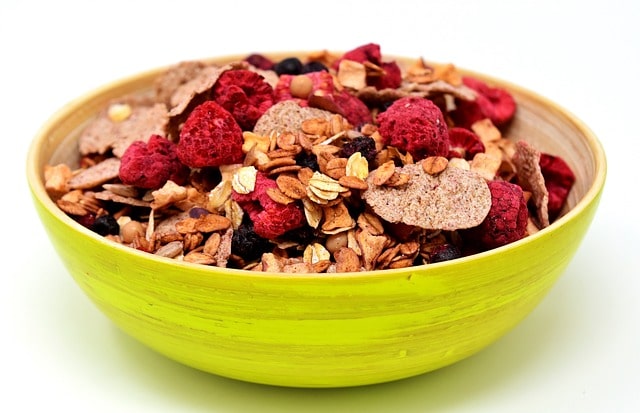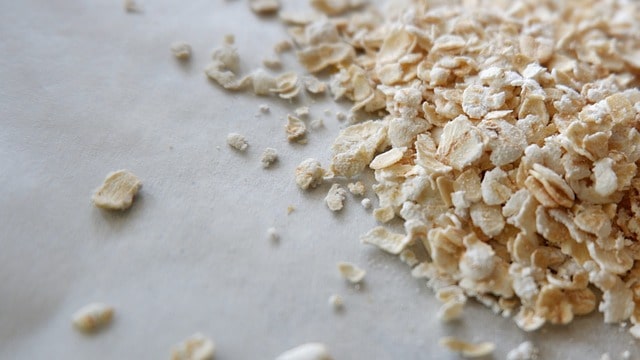
Diarrhea from Almond Milk
Can Almond Milk Cause Diarrhea? A Comprehensive Guide for UK Consumers
Introduction
Almond milk has become a popular dairy-free alternative in the UK, praised for its creamy texture, nutty flavor, and nutritional benefits. However, some individuals have reported experiencing digestive issues, including diarrhea, after consuming almond milk. This blog explores the potential causes of almond milk-induced diarrhea, its prevalence in the UK, and how to enjoy almond milk without compromising your digestive health.
Section 1: What is Almond Milk?
- Definition and production process of almond milk.
- Nutritional profile: low in calories, rich in vitamin E, and often fortified with calcium and vitamin D.
- Popularity in the UK: a staple in vegan, lactose-intolerant, and health-conscious diets.
Section 2: Why Almond Milk Might Cause Diarrhea
Lactose Intolerance vs. Almond Milk Sensitivity
- Almond milk is naturally lactose-free, making it a safe choice for lactose-intolerant individuals. However, some people may still experience digestive discomfort.
Additives and Thickeners
- Many commercial almond milk brands contain additives like carrageenan, guar gum, or xanthan gum to improve texture and shelf life. These additives can irritate the gut lining and cause diarrhea in sensitive individuals.
High Fiber Content
- Almonds are naturally high in fiber, and while almond milk contains less fiber than whole almonds, it can still contribute to digestive issues if consumed in large quantities.
Allergies and Sensitivities
- Nut allergies are common in the UK, and even mild sensitivities to almonds can trigger diarrhea, bloating, or stomach cramps.
Sugar Alcohols and Sweeteners
- Flavored or sweetened almond milk often contains sugar alcohols like erythritol or artificial sweeteners, which can cause diarrhea in some people.
Section 3: Almond Milk and Digestive Health in the UK
- Statistics on lactose intolerance and nut allergies in the UK.
- Comparison of almond milk with other plant-based milks (e.g., soy, oat, coconut) in terms of digestive tolerance.
- Insights from UK nutritionists and dietitians on almond milk consumption.
Section 4: How to Choose the Right Almond Milk
- Read the Label
- Avoid almond milk with carrageenan, artificial sweeteners, or excessive added sugars.
- Look for unsweetened, organic, or minimally processed options.
- Homemade Almond Milk
- A simple recipe for making almond milk at home to avoid additives and control ingredients.
- Brand Recommendations
- A list of UK-based almond milk brands known for their clean ingredients and digestive-friendly formulations.
Section 5: Managing Diarrhea Caused by Almond Milk
- Identify the Cause
- Keep a food diary to track symptoms and identify potential triggers.
- Consult a healthcare professional for allergy testing or dietary advice.
- Hydration and Recovery
- Tips for staying hydrated and replenishing electrolytes during diarrhea.
- Foods to eat and avoid while recovering.
- Alternative Milk Options
- Explore other plant-based milks that may be gentler on your digestive system.
Section 6: Frequently Asked Questions
- Can almond milk cause diarrhea in babies or toddlers?
- Is almond milk safe for people with irritable bowel syndrome (IBS)?
- How much almond milk is too much?
Conclusion
While almond milk is a nutritious and versatile dairy alternative, it may not suit everyone’s digestive system. By understanding the potential causes of diarrhea and making informed choices, UK consumers can enjoy almond milk without discomfort. Always listen to your body and consult a healthcare professional if symptoms persist.




